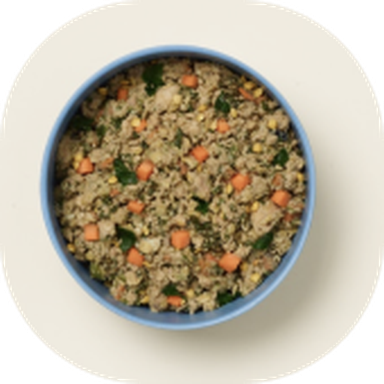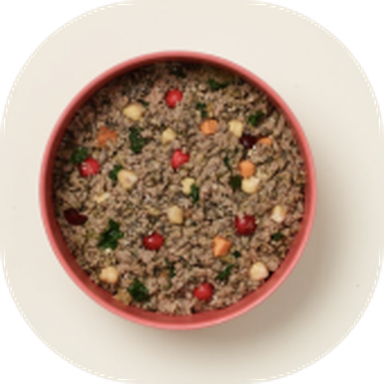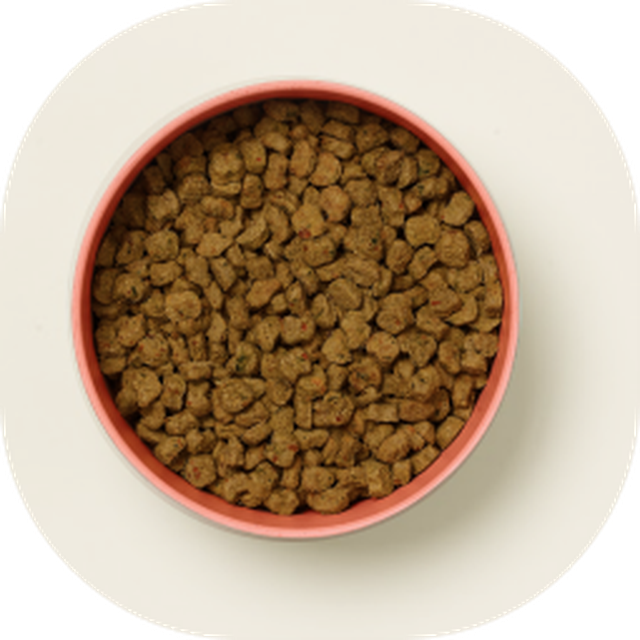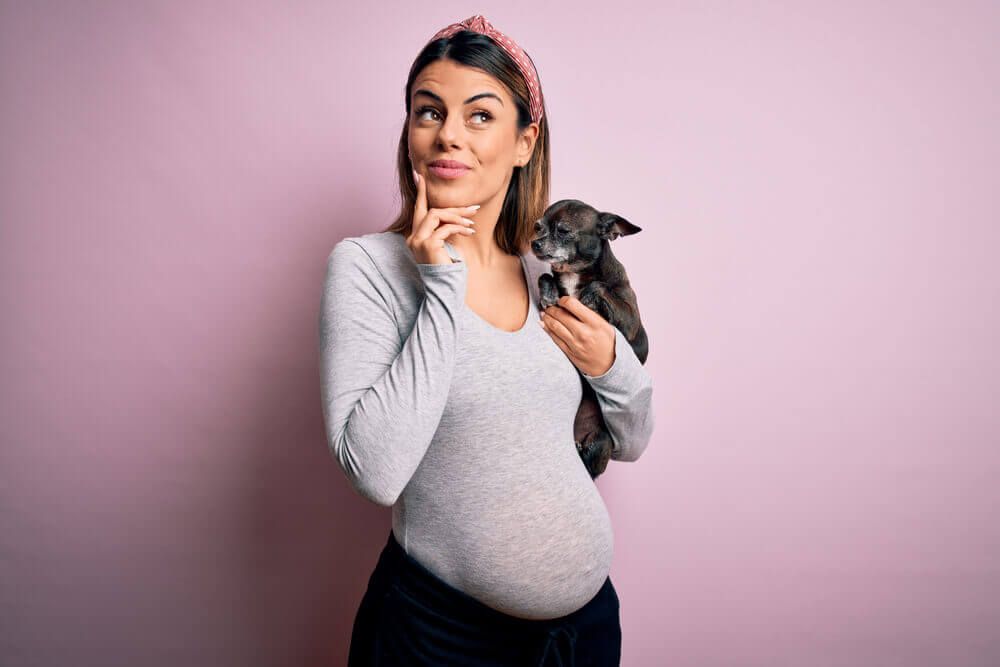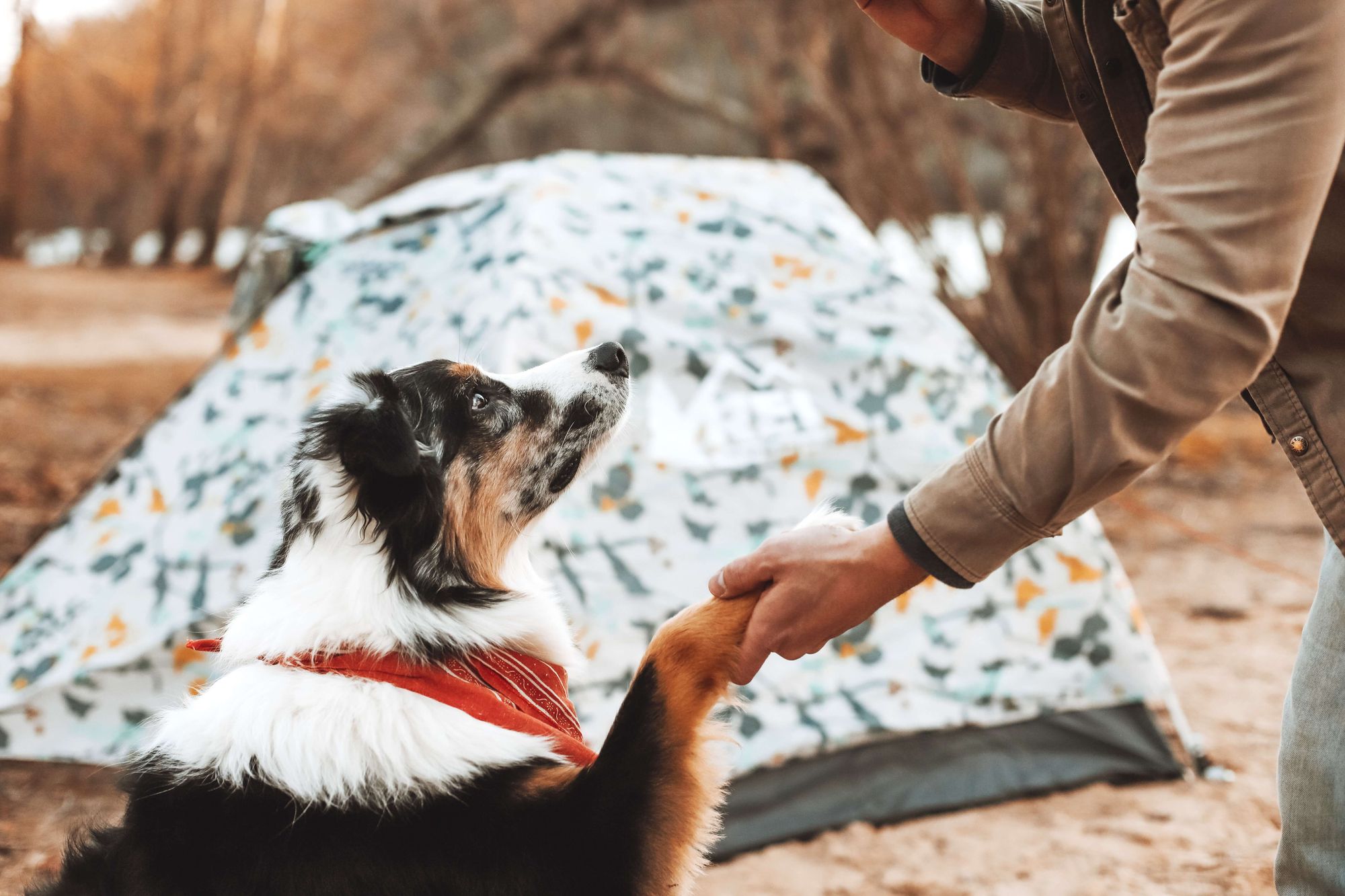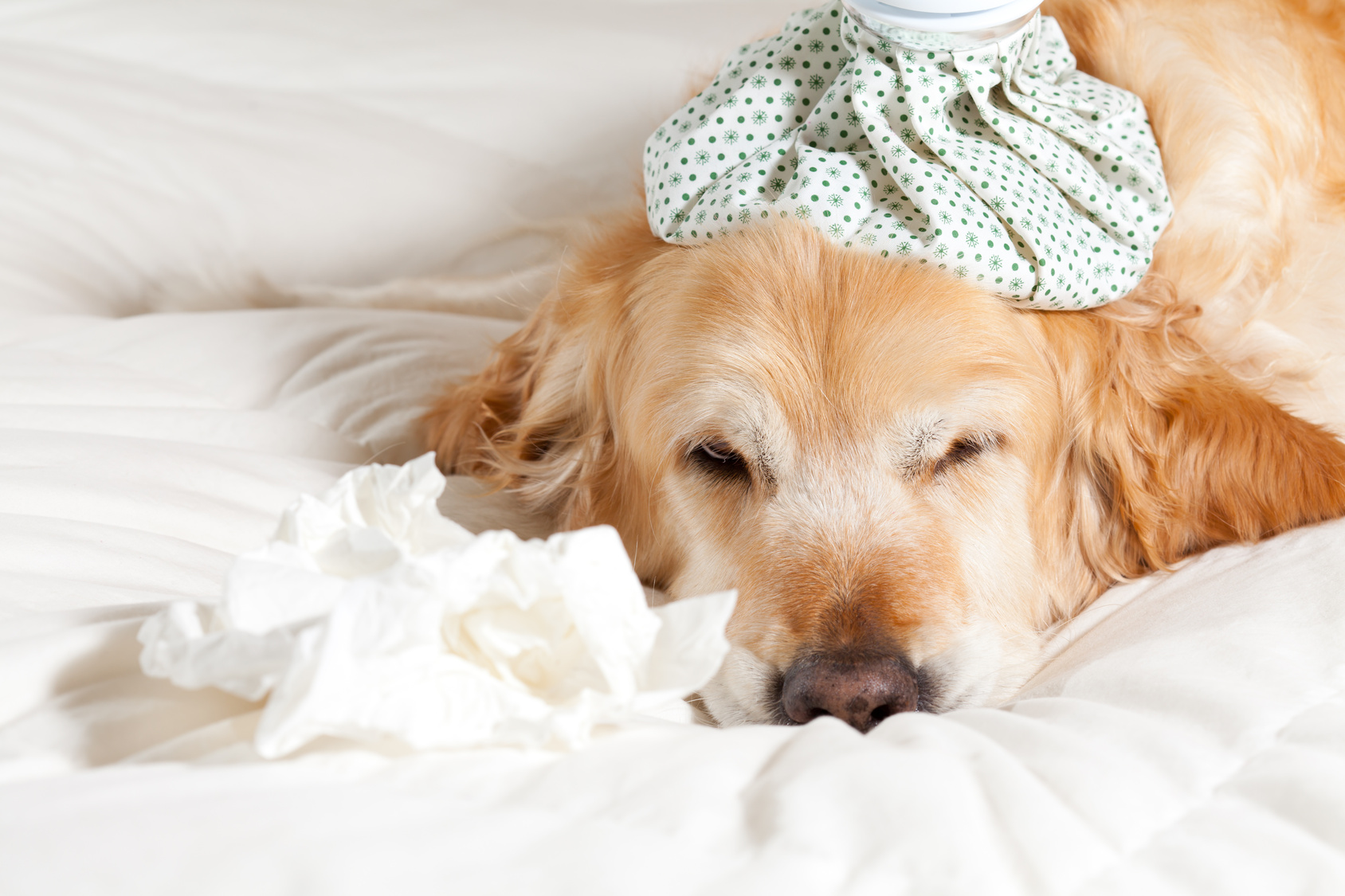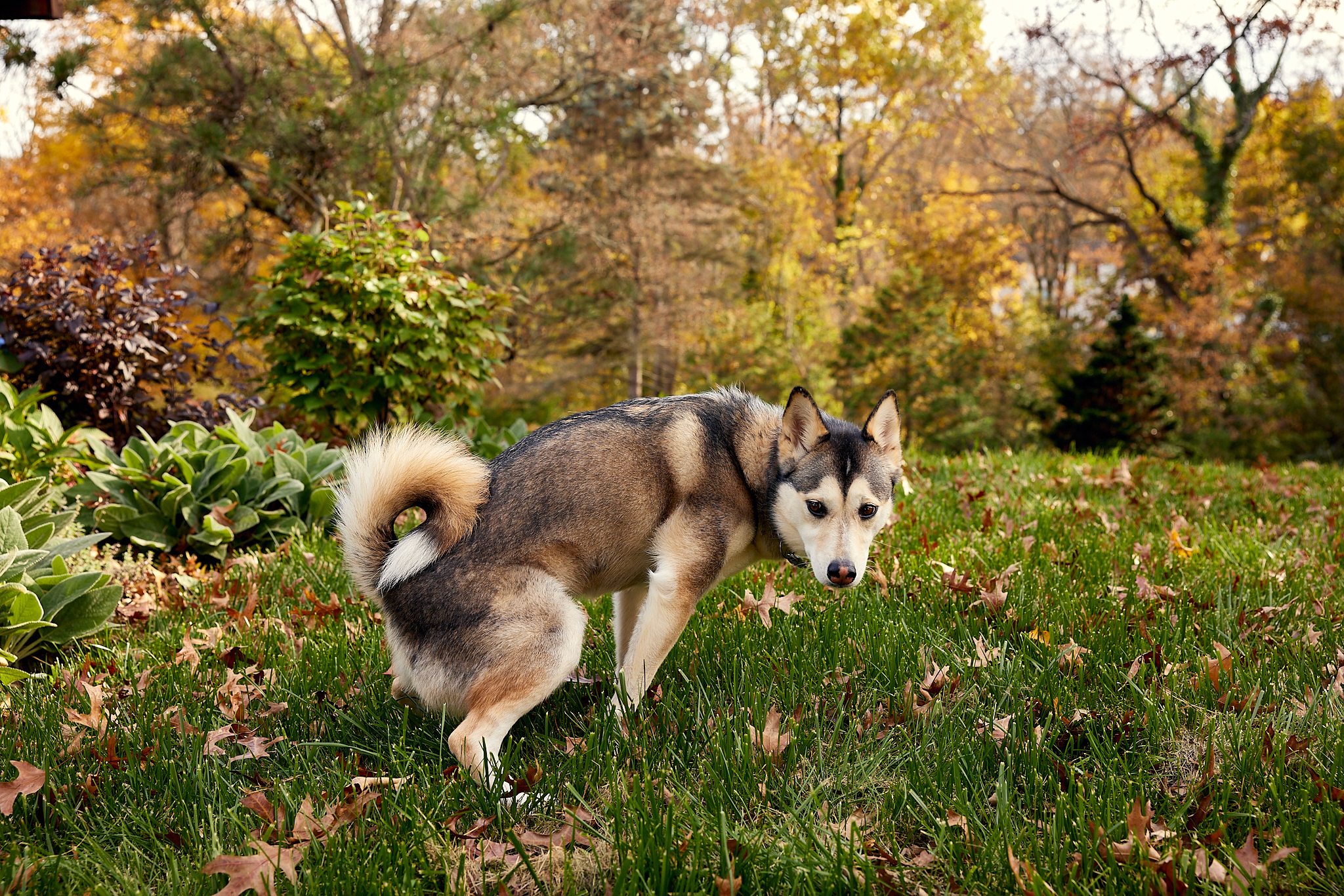Hey Ollie blog readers! We’re offering you an exclusive 60% OFF your starter box! Try now!
Did you know that “flea” is the common name for the order Siphonaptera, which includes 2,500 species of small flightless insects? Pretty gross, right? While you might not care to learn about all 2,500 species, what is important is how they can impact your dog – and the rest of your household. We learned all about this pesky parasite and how you can keep your pup safe!
What are fleas?
Fleas are flightless insects that live as external parasites on both mammals (like you and your dog) and birds. They feed on the blood of their hosts. Note that fleas don’t tend to live on humans since we lack the protection of feathers or fur which makes it more challenging for them to reproduce. Even though we make lousy hosts, we can still be a tasty snack for a hungry flea. So, if there are fleas in your home, know that you can be bitten.
What are the signs of fleas?
According to Natura Pest Control, there are 9 obvious signs of fleas on your pet and in your home. Here is what you should look for:

Signs of fleas you’ll find on your pet:
Itching
While itching can simply be a sign of allergies or dry skin, it can also mean fleas. If you have an itchy pet, you want to get to the root of why they are itchy so you can treat it. This is especially important if you think there are fleas in your home.
Hair Loss
If your pup is constantly itching or worse, biting at the spots where the fleas are biting them, you might see some patches of hair loss. Some fleas do cause hair loss but if you see hair loss combined with itching it’s probably best to have the vet at least take a look. These can also be symptoms of more serious skin conditions so always better to be safe than sorry.
Welts or red skin
If you see any welts or redness where your pup is itching or has lost hair, these could be from flea bites. The saliva of the flea can cause an allergic reaction.
Pale gums
If your pup is being bitten, they may have pale gums. This is because fleas feed off your pup’s blood and can cause your pup to become anemic.
Restlessness
The itching and discomfort of flea bites can cause your dog to become restless. Some dogs (and dog breeds) are more prone to restlessness. If your pup’s demeanor changes or the restlessness seems to come on suddenly, you might want to check for fleas.
Signs of fleas on your body:
Bites on your ankles
If you have a serious flea problem in your home or yard, you might start to see bites on your ankles and maybe even your knees. Unlike a spider bite, a flea bite will only have one puncture.
Try a pair of tall white socks
If you suspect your home might have fleas, throw on a pair of white cotton (preferably ankle covering) socks and take a walk around. If you have fleas, after a few minutes some might have hitched a ride.
Signs of fleas in your home:
Flea dirt
Okay, so flea dirt isn’t actually dirt, it’s feces (we know, gross) but you’ll want to look carefully for these reddish-brown flecks. While they could be just regular dust or dirt tracked in from the outdoors, if you think you might have fleas in your home, this is another good clue.
Flea eggs in your carpet
To check for flea eggs, put on a pair of gloves and run your fingers through the carpet. You might need a magnifying glass to see the eggs on your gloves but if you have fleas, you’ll likely see the eggs. When fleas are in your home, they lay their eggs in the carpet because it’s a safe place for them to grow and hatch undisturbed.
How do I get rid of fleas on my dog?
If you find fleas on your dog, you might want to start with a quick call to the vet to ask about topical treatment especially if you think your pup may have been reacting to the bites. Using whatever product your vet recommends, you will give them a warm, soapy bath. After your pup’s bath you will want to comb them thoroughly with a special comb to get out all of the dead fleas and flea dirt!
When you’re removing the fleas, kill any that are still alive with hot, soapy water. Using your hands can be challenging since fleas jump and if you miss… you’ll still need to chase them down.

Do I need to treat my house if my dog has fleas?
If you find fleas or flea bites on your dog you will need to treat your house. As we mentioned, fleas lay their eggs in the carpet so even if you don’t currently see any fleas you might as they hatch. So if you don’t treat your dog’s things and your home to ensure the fleas are completely gone, you might have a recurrence. Not something you want to have happen.
To get rid of these unwanted guests start with a powerful vacuum on your carpets, dog bed, couch, and your mattress – suck up everything you can. Once you’re done remember not to let the vacuum bag linger – throw it away outside your home. If you’re using a newer bagless model, empty the canister and ensure it is thoroughly cleaned out so no fleas are living in your vacuum.
Use an upholstery cleaner powered by steam. The hot, soapy water should kill anything left behind after you vacuum. Be especially diligent about the places your pup likes to sleep.
If the infestation is mild wash all of your bedding and your pet’s in water that is as hot as you can safely use on the material. If your infestation is particularly bad, you may want to replace your pet’s bedding and maybe even your own.
Treat your home with an insecticide designed to kill all life stages of fleas including eggs – this is the place where your best bet is to bring in a pro! Ensure that whatever they use is safe for your family and your pet. If not, consider staying elsewhere while your home is being treated. You will most likely need to be out of the house for at least a few hours while the chemicals dry.
How can I prevent fleas on my dog?
There are many preventative options for your dog. Monthly medications like Credelio, Frontline, and Nextgard can be prescribed by your vet. For a three-month option, you can ask about Bravecto. There are also options for topical treatments and collars if your pup has contraindications for oral medication. Your vet can help you choose a preventative option that is best for your pup.
Your pup should take their preventative all year round. While fleas prefer warm weather, seeing them in the winter is not impossible, especially if you live in a part of the world with higher temperatures.
By using preventatives as directed you will likely never need to worry about a flea infestation. However, if one does happen now you are prepared!
The Ollie blog is devoted to helping pet parents lead healthier lives with their pups. If you want to learn more about our fresh, human-grade food, check out MyOllie.com.
Tagged As:

The nutrition your dog needs,
the food they want.

Enjoying our articles? Subscribe our Newsletters and get new articles directly to your inbox
You might also like
26 April 2024
4 MINS READ
How Often Should I Take My Dog To The Vet?
Routine veterinary care is important for your dog’s overall health—but how often should your pup visit the vet? We answer this question and outline common health signs that warrant a veterinary…
by Ollie Pets
28 February 2024
6 MINS READ
Why Do Dogs Eat Poop & How to Stop It
Does your dog partake in poop? We get to the bottom of this unusual behavior, including its medical and behavioral causes, and how to address it.
by Ollie Pets
30 August 2023
6 MINS READ
Dog Diarrhea: How to Prevent and Resolve
Dog diarrhea is distressing for pups and their owners. Understanding common diarrhea causes can help you respond quickly and effectively to your pup’s intestinal issues.


